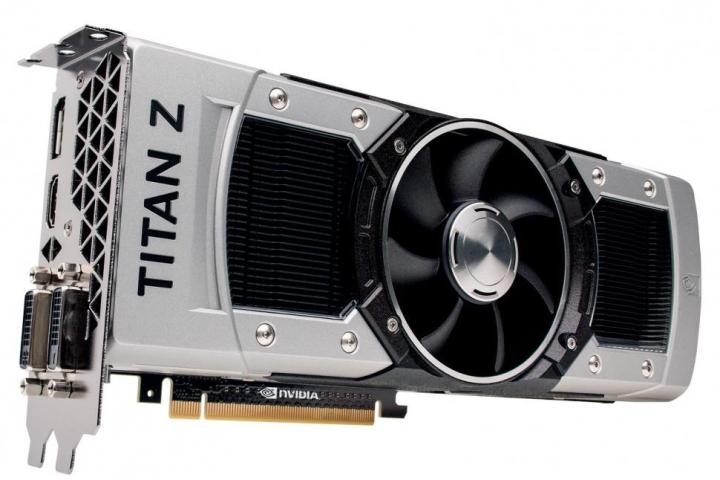
According to Videocardz.com, Nvidia will finally release its dual-GPU Titan Z graphics card next week, on May 28.
Initially, the Nvidia GeForce GTX Titan Z was supposed to be released on April 29, but its launch was pushed back to May 8, and it missed that date as well.
Spearheaded by a pair of Kepler GPUs, 12GB of RAM, and 5,760 processing cores, the Titan Z will likely require a beastly cooling setup to prevent it from melting your rig.
Though it’s unclear what speed the Titan Z ‘sGPUs will run at, we at least have a point of comparison to work with. Nvidia’s Titan Black, which uses the same Kepler GPU that will be stuffed in the Titan Z, has a rated clock speed of 889MHz. To give you an idea of what the Titan Z’s performance could be like, the $1,000 Titan Black – which is a monster in its own right – has half the RAM and processing cores. Just think: two Titan Black cards, functioning as one.
Will the third time be the charm? We only have to wait less than a week to find out. Even if it does see the light of day, we’re unsure how the Titan Z will fare in the dual-GPU high-end graphics card market, considering that the AMD Radeon R9 295X2, which we reviewed, likely offers similar performance at half the price ($1,500).



